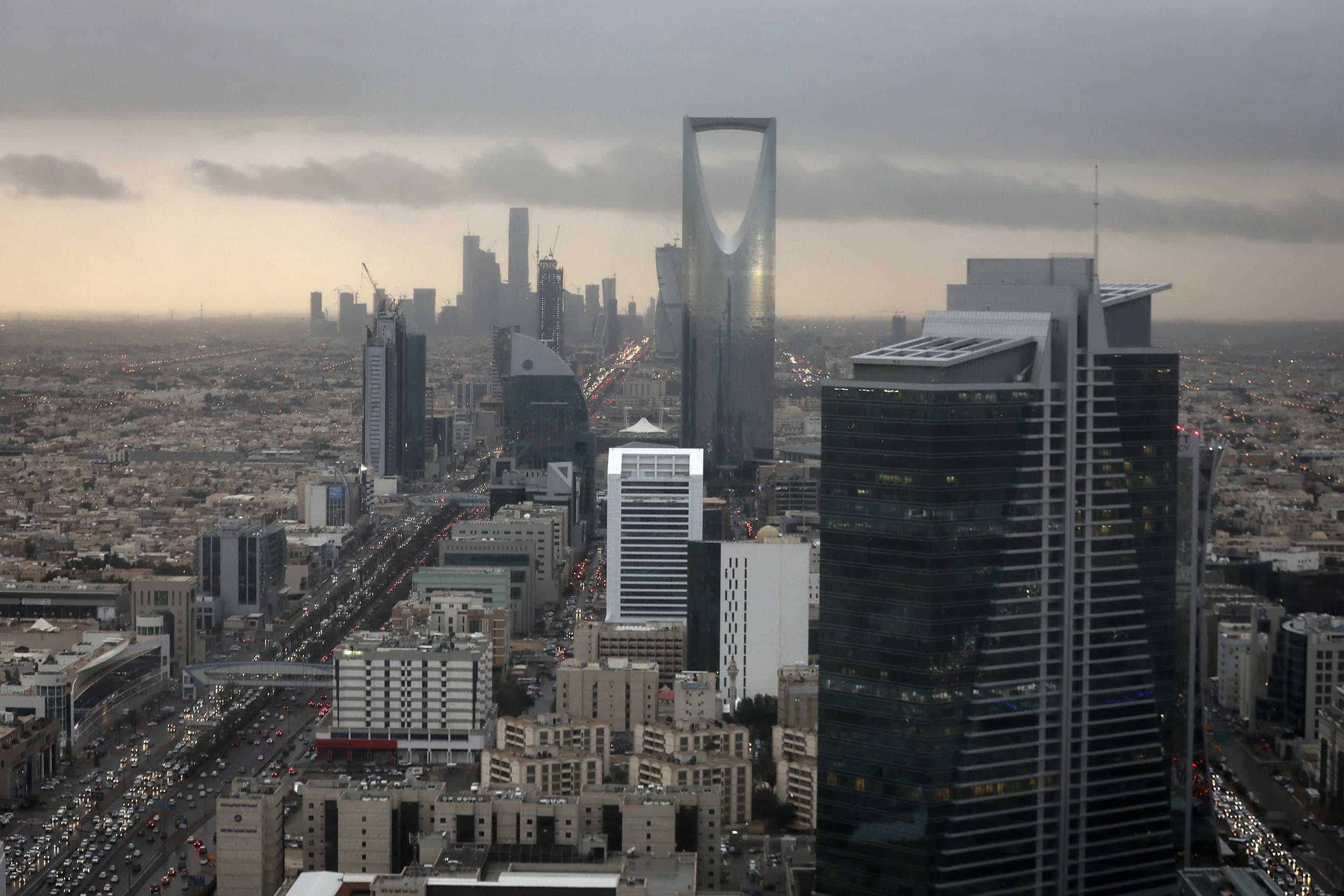Riyadh, Saudi Arabia — Saudi Arabia’s economy is expected to grow by 3.2 percent on average between 2023 and 2026, while the non-oil sector will likely contribute 3.5 percent on average to the Kingdom’s growth in the same period, Moody’s Investors Service said in a recent report.
The National Debt Management Center quoted the agency’s forecasts that the non-oil sector will be strong in the coming years, driven by project implementation, supportive oil prices, and potential increase in private sector investments, according to Argaam.
The forecasts are based on the economic, legal, and social structural reforms implemented by the government to strengthen the business environment, Argaam reported.
The Saudi government, according to Moody’s, is making progress in implementing its comprehensive reform programs, which will support the sustainability of economic diversification efforts in the medium and long term.
The agency indicated that the increase in expenditures is linked to the government’s ambitious programs for economic diversification while maintaining the strength of the government’s current financial position.
Meanwhile, the agency expects the average deficit to reach 2 percent of the Kingdom’s GDP in 2023 and 2024, and 3.5 percent in 2025 and 2026, compared to a fiscal surplus of 2.5% in 2022, Argaam reported, citing the government spending forecasts.
Moody’s praised the efficiency of the Kingdom’s monetary, macroeconomic, and financial policy, as well as the organization of the banking sector, which supports the Kingdom’s credit rating.
Economic boom driven by high oil prices
Saudi Arabia’s economy is experiencing a boom, driven by high oil prices, increased private investment, and the implementation of economic reforms, the International Monetary Fund (IMF) said in a report in June.
In 2022, Saudi Arabia had the highest economic growth among the G20 countries, with an overall growth rate of 8.7 percent. This growth was fueled by strong oil production and a 4.8 percent growth in the non-oil sector, driven by robust private consumption and investment in projects such as the giga projects. Key drivers of non-oil growth included wholesale and retail trade, construction, and transport, the report added.
The unemployment rate in Saudi Arabia, according to the report, has reached a historical low, dropping to 4.8 percent by the end of 2022 from 9 percent during the COVID-19 pandemic.








